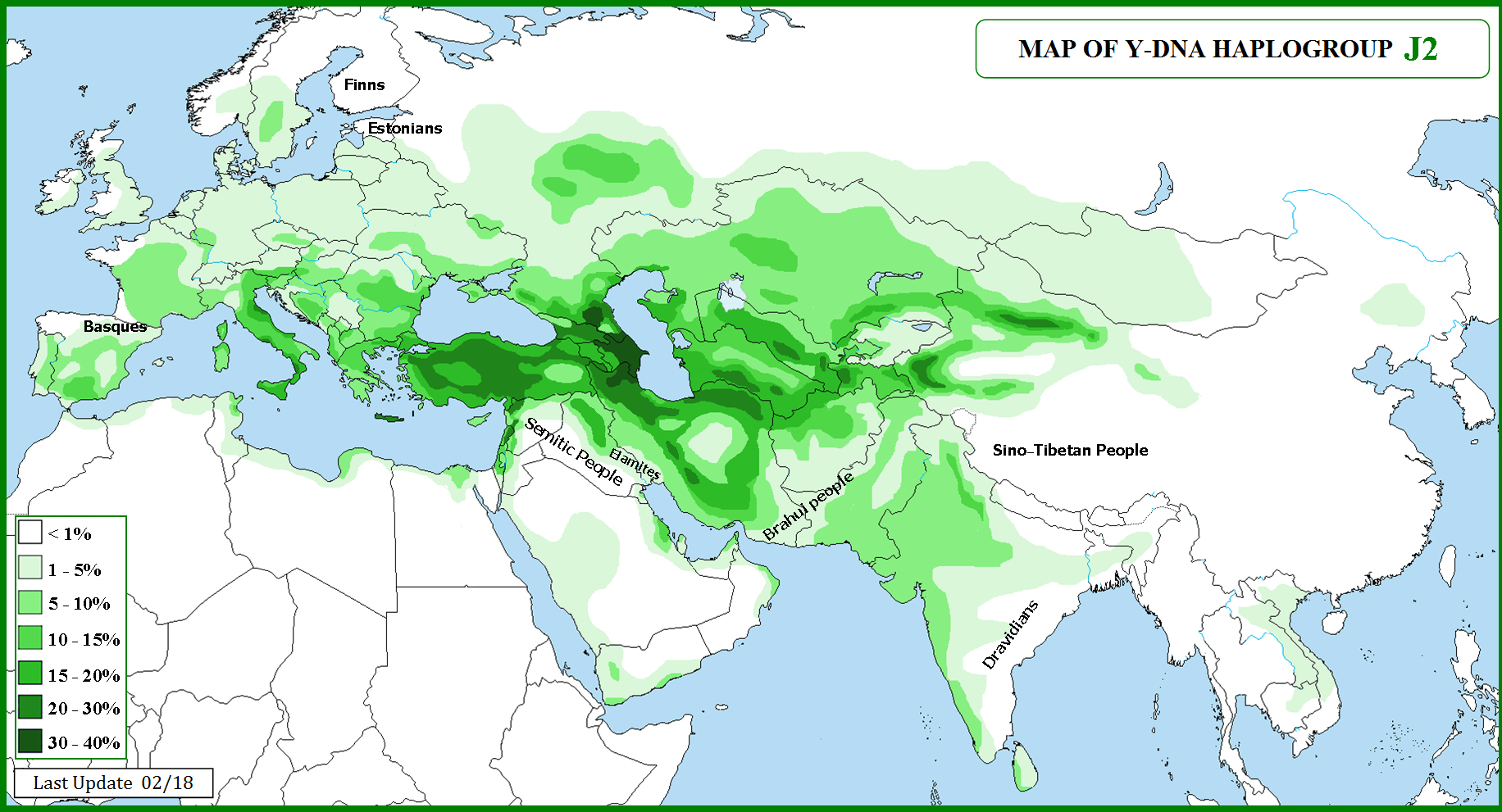Archaeology, genetics, and language in the steppes: a comment on bomhard
david w. anthony:
"along the banks of the lower volga many excavated hunting-fishing camp sites are dated 6200-4500 bc. they could be the source of CHG ancestry in the steppes."
"the CHG mating network had not yet reached samara by 5500 bc."
"but the third Khvalynsk individual had more than 50% CHG, like Yamnaya.
The ca. 30 additional unpublished individuals from three middle Volga Eneolithic cemeteries, including Khvalynsk, preliminarily show the same admixed EHG/CHG ancestry in varying proportions. Most of the males belonged to Y-chromosome haplogroup R1b1a, like almost all Yamnaya males, but Khvalynsk also had some minority Y-chromosome haplogroups (R1a, Q1a, J, I2a2) that do not appear or appear only rarely (I2a2) in Yamnaya graves."
https://www.academia.edu/39985565/A..._Language_in_the_Steppes_A_Comment_on_Bomhard
rms2:
"Notice what Anthony says on pages 7 and 8, i.e., that the Anatolian farmer in Yamnaya came from Europe, probably from Tripolye and/or Globular Amphora. Therefore the ancestors of Yamnaya had to have acquired their CHG before about 5000 BC, because after that date the people in the CHG source regions (eastern Anatolia, the Caucasus, Iran) had their own share of Anatolian farmer dna, but without the WHG that characterized the Anatolian farmer from Europe carried by Yamnaya.
If the ancestors of Yamnaya got their CHG before 5000 BC, they could not have gotten early Indo-European from the same source, because the oldest possible date for early Indo-European is 4500 BC and probably later.
There goes the argument for a south-of-the-Caucasus IE Urheimat on both genetic and linguistic grounds."



